Phantom limb pain: Causes, diagnosis and treatment
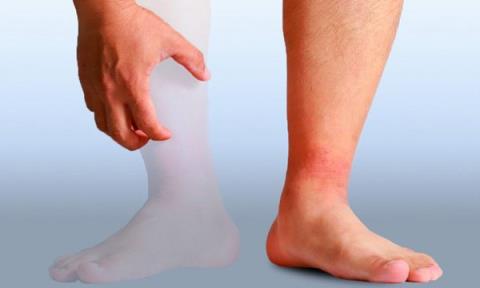
Limb pain is pain that the patient feels it is coming from a lost part of the body. Doctors used to believe that this phenomenon was a psychological problem that occurred after amputation. However, now experts realize that these real sensations originate in the spinal cord and brain of the patient. For more basic information about this phenomenon, SignsSymptomsList would like to send you the article below.
content
- 1. Overview of the phenomenon of phantom limb pain
- 2. Symptoms of phantom limb pain
- 3. What causes phantom pain?
- 4. Risk factors that cause patients to suffer from phantom limb pain
- 5. How to prevent phantom limb pain?
- 6. Diagnosis of phantom limb pain
- 7. Treatment for patients with phantom limb pain
- 8. Lifestyle and home care for patients with phantom limb pain
1. Overview of the phenomenon of phantom limb pain
Most people who have had an amputation report that they sometimes feel as though the amputated limb is still there. This phenomenon is painless and is known as the phantom limb sensation. This phenomenon is not the same as phantom limb pain.
For some people, phantom limb pain may go away with time without treatment. For others, managing phantom limb pain is a challenge. You and your doctor must work together to effectively treat phantom limb pain. Medication or other treatments may be used to treat it.
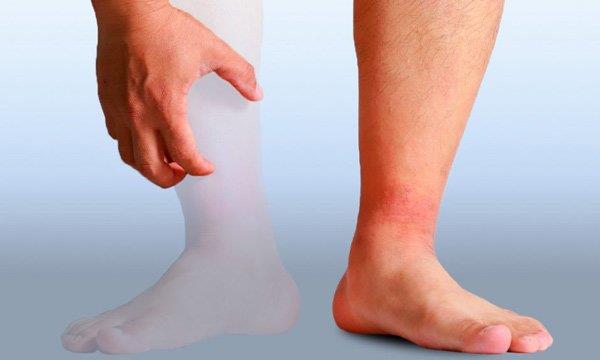
Phantom limb pain is pain in limbs that have been amputated
2. Symptoms of phantom limb pain
Features of phantom limb pain include:
- Onset within the first week after amputation. However, there are still some cases that appear after a few months or so
- Pain is intermittent or persistent
- Symptoms affect the most distal extremities of the body. Such as the foot of an amputated leg
- Pain symptoms can be described by patients in many different ways. For example, sensations of being shot, stabbed, crammed , crushed, or burned.
3. What causes phantom pain?
Up to now, the exact cause of phantom limb pain is still unknown. But it seems that this phenomenon comes from the spinal cord and brain of the amputee. During imaging tests (MRI, PET), parts of the brain, which once connected with the nerves of the amputated limb, showed activity in that part of the brain when the patient felt pain in the limb. ghost.
Many experts believe that phantom limb pain can be partly explained by a response to synthetic signals in the brain. After amputation, the spinal cord and brain lose input from the lost limb. So they will adjust for this loss in an unpredictable way. This can trigger the body's most basic message, pain.
Studies also show that: After amputation, the brain can restructure. More specifically, because the sensory area of the amputated limb no longer receives sensory information, that information is routed to another region. For example, sensory information from a missing hand will be transferred to the area of the cheek that has not been lost.
So, when the cheek area is touched, the patient will feel like the lost hand is being touched. Because this is a disorder of the sensory cords, the results can be painful.
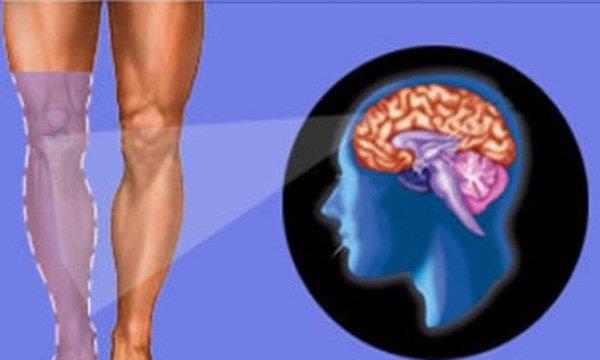
Many experts believe that brain signal transduction is involved in limb pain
4. Risk factors that cause patients to suffer from phantom limb pain
Not everyone with an amputated limb has phantom limb pain. Several factors put you at increased risk of this condition, including:
- Pain before amputation. Some researchers have found that people who experience limb pain before the limb is amputated are more likely to experience pain again afterward. This may be because the brain stores memories of pain. Not only that, but the brain continues to send pain signals, even after the limb is amputated.
- Remaining limb pain. People with persistent pain in the remaining extremities often experience phantom limb pain. Remaining extremity pain can be caused by abnormal growths at damaged nerve endings (neuroma) and often results in neuropathic pain.
5. How to prevent phantom limb pain?
With that said, the risk of phantom limb pain is higher for people who have had pain in the limb before the limb was amputated. For this reason, some doctors recommend that you have a regional anesthetic (spinal or epidural) within a few hours or days before amputation. This can provide immediate pain relief. In addition, this action helps reduce the risk of prolonged phantom limb pain.
You can learn more: Regional pain syndrome: Symptoms, causes and treatment
6. Diagnosis of phantom limb pain
For phantom limb pain, no test will be used to diagnose the disease. Your doctor will determine your condition based on your symptoms and medical circumstances. For example, a history of trauma or surgery prior to the onset of pain.
Accurately describing your pain can help your doctor pinpoint your problem. Although it is common for phantom limb pain and residual extremity pain to occur at the same time, the treatment for these two types of pain is different. Therefore, accurate disease diagnosis is extremely important.

Based on symptoms and circumstances for the doctor to diagnose the disease
7. Treatment for patients with phantom limb pain
It can be difficult to find treatments to ease the symptoms of phantom limb pain. Doctors usually start with medication and can then apply more non-invasive therapies. For example, acupuncture.
Invasive treatments include injections or implanted devices. Surgery is done only as a last resort.
Using drugs
Currently, there is no specific drug for this phenomenon. However, some drugs created to treat other conditions are very helpful in reducing nerve pain. There is no single drug that will work for everyone. You may need to try several medications to find the one that works best for you.
Several medications are commonly used to treat phantom limb pain, including:
- Over-the-counter pain relievers. Acetaminophen, ibuprofen, or naproxen sodium can relieve phantom limb pain. Take these medicines only as directed by your doctor. Drug abuse can cause side effects, such as gastrointestinal bleeding.
- Antidepressants. Tricyclic antidepressants can relieve pain caused by damaged nerves. Such as amitriptyline, nortriptyline, and tramadol. Possible side effects include drowsiness, dry mouth and blurred vision.
- Anticonvulsants. For example, gabapentin and pregabalin can be used to treat neuropathic pain. Side effects include dizziness, sedation, and emotional changes.
- N-methyl-d-aspartate (NMDA) receptor antagonist. This class of anesthetics works by binding to NMDA receptors at the nerve cells of the brain and blocking the action of glutamate. Glutamate is a protein that plays a major role in relaying nerve signals
Some other therapies
As with drug treatment, the treatment of phantom limb pain with non-invasive therapies is an issue that needs to be studied. The following methods may relieve phantom limb pain in some people.
- Mirror test. The patient will be given a mirror box that can create an image of the amputated limb from the remaining limb. The mirror box will have two parts – one for the lost limb and one for the remaining limb. Then, the patient will perform specific exercises, and at the same time observe the movement of the healthy limb through a mirror and imagine the moving limb in the mirror is the amputated limb. Some studies have shown these exercises can help reduce phantom limb pain.
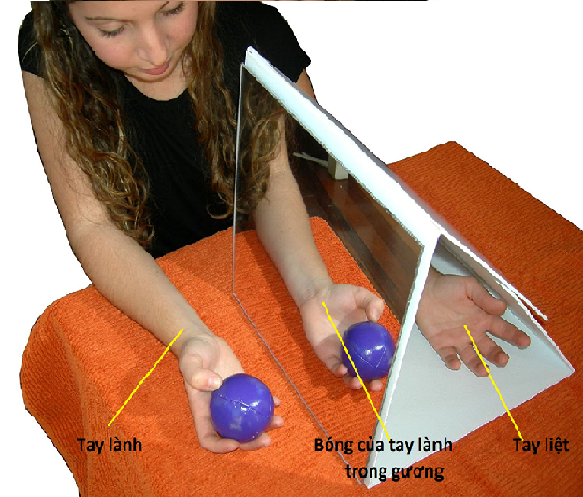
Mirror test is effective for patients with phantom limb pain
- Acupuncture. According to the National Institutes of Health, acupuncture can ease some types of chronic pain. During acupuncture, the practitioner inserts sterile needles into certain points on the body. Acupuncture is generally safe if done correctly.
- Repetitive transcranial magnetic stimulation (rTMS). This method places an electromagnetic coil on the forehead. Short pulses are passed through the coil and induce electrical currents in the nerves of a certain region of the brain. Side effects of this method are mild headache or dizziness .
- Stimulation of the spinal cord. The doctor will insert electrodes along the spinal cord. An electrical current will be delivered continuously to the spinal cord which can sometimes help relieve pain.
Surgery
Surgery may be a treatment option if the other methods don't work. Surgical treatment options include:
- Brain stimulation. Deep brain stimulation and motor cortical stimulation are similar to spinal cord stimulation, except that electrical currents are transmitted in the brain. The surgeon uses MRI images to pinpoint the exact location of the electrodes. Data on this approach are still limited, and these treatments have not yet been approved to specifically treat phantom limb pain. However, brain stimulation appears to be a promising treatment option in certain cases.
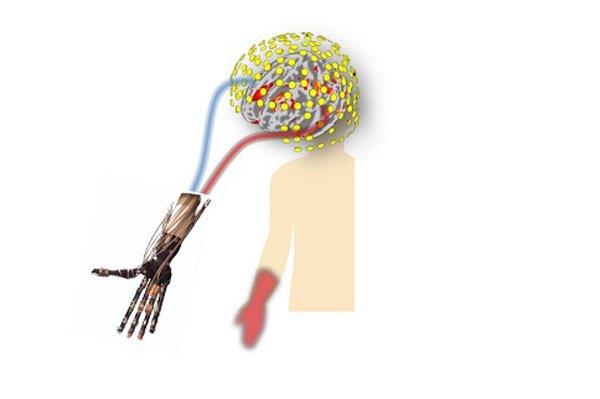
Brain stimulation is a promising treatment option
Promising future treatments
Newer treatments are using virtual reality glasses. The computer program for the glasses creates an image of the lost limb, so the wearer will feel as though the amputated limb is still there. The patient will move the "phantom limb" to perform various actions, such as punching a "virtual" ball in the air. Although these techniques have only been used in a few patients, they appear to be able to help relieve phantom limb pain.
8. Lifestyle and home care for patients with phantom limb pain
You can alleviate the discomfort caused by phantom limb pain and improve your quality of life. One or more of the ways below can help you get through the pain, including:
- Distract. Do activities that keep you from focusing on the pain, such as reading or listening to music.
- Maintain physical activity. Exercise by engaging in activities you enjoy, such as walking, swimming, or biking.
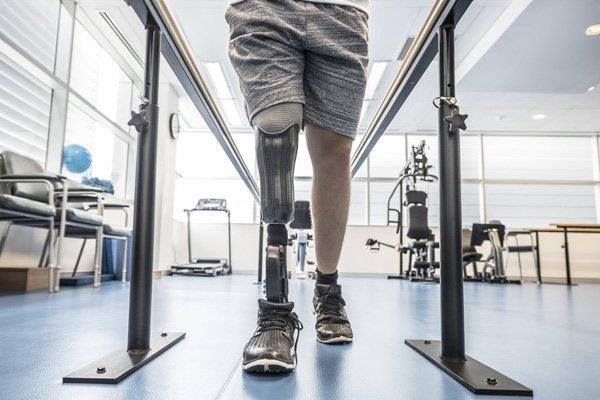
Let's continue to exercise to maintain health and spirit
- Use drugs. Take medicine as directed by your doctor. If you want to take herbs and other alternative medicines, consult your doctor.
- Relax. Do activities that help relieve emotional and muscular tension. Take a warm bath – not too hot as high heat can make the pain worse. Lie down and follow relaxation techniques, such as breathing exercises or meditation.
- Seek support from others. Get to know and maintain relationships with the people around. Call your friends, a group that shares your interests, to network and get support from them.
Through the above article, SignsSymptomsList wishes to send readers useful information about the phenomenon of phantom limb pain. Remember that managing phantom limb pain can make a big difference in how you feel. If the current method does not work, try another way instead of giving up.
Doctor Nguyen Van Huan